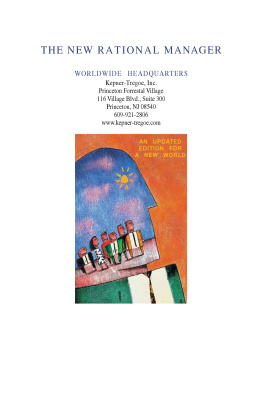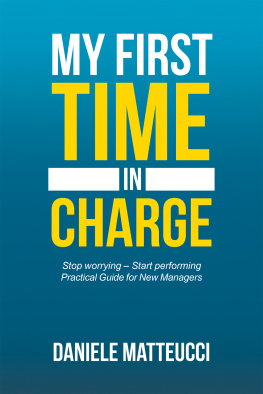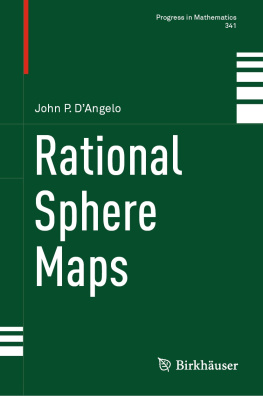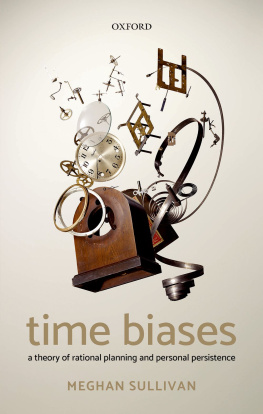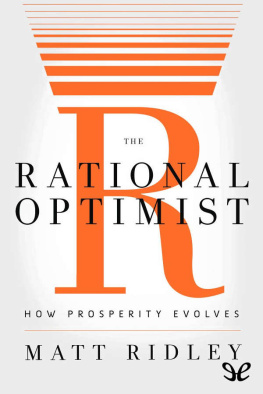Work Item Management with IBM Rational ClearQuest and Jazz
A Customization Guide
Shmuel Bashan
David E. Bellagio

IBM Press
Pearson plc
Upper Saddle River, NJ Boston Indianapolis San Francisco
New York Toronto Montreal London Munich Paris Madrid
Capetown Sydney Tokyo Singapore Mexico City
ibmpressbooks.com
The authors and publisher have taken care in the preparation of this book, but make no expressed or implied warranty of any kind and assume no responsibility for errors or omissions. No liability is assumed for incidental or consequential damages in connection with or arising out of the use of the information or programs contained herein.
Copyright 2011 by International Business Machines Corporation. All rights reserved.
Note to U.S. Government Users: Documentation related to restricted right. Use, duplication, or disclosure is subject to restrictions set forth in GSA ADP Schedule Contract with IBM Corporation.
IBM Press Program Managers: Steve Stansel, Ellice Uffer
Cover design: IBM Corporation
Associate Publisher: David Dusthimer
Marketing Manager: Stephane Nakib
Publicist: Heather Fox
Acquisitions Editor: Chris Guzikowski
Development Editors: Sheri Cain and Chris Zahn
Managing Editor: John Fuller
Designer: Alan Clements
Project Editor: Anna Popick
Copy Editor: Barbara Wood
Indexer: Jack Lewis
Compositor: The CIP Group
Proofreader: Kelli M. Brooks
Manufacturing Buyer: Dan Uhrig
Published by Pearson plc
Publishing as IBM Press
IBM Press offers excellent discounts on this book when ordered in quantity for bulk purchases or special sales, which may include electronic versions and/or custom covers and content particular to your business, training goals, marketing focus, and branding interests. For more information, please contact:
U.S. Corporate and Government Sales
1-800-382-3419
For sales outside the U.S., please contact:
International Sales
The following terms are trademarks or registered trademarks of International Business Machines Corporation in the United States, other countries, or both: IBM, Rational, ClearQuest, Rational Team Concert, Jazz, ClearCase, RequisitePro, BuildForge, PurifyPlus, WebSphere, DB2, DB2 Universal Database, developerWorks, Tivoli, PureCoverage, Quantify, DOORS, Lotus, and Sametime. Microsoft, Visual SourceSafe, ActiveX, Windows, VisualStudio, Access, Excel, and SharePoint are trademarks of Microsoft Corporation in the United States, other countries, or both. UNIX is a registered trademark of The Open Group in the United States and other countries. Linux is a registered trademark of Linus Torvalds in the United States, other countries, or both. Oracle and Java are registered trademarks of Oracle and/or its affiliates. Other company, product, or service names may be trademarks or service marks of others.
The following terms appear throughout the book: Introduction: IBM, Rational, ClearQuest, Rational Team Concert, Jazz, ClearCase, RequisitePro, Visual SourceSafe, BuildForge, PurifyPlus; : Tivoli, Linux, PureCoverage, Quantify, Excel, Java, DOORS, Lotus, Sametime, Quickr, SharePoint.
Library of Congress Cataloging-in-Publication Data
Bashan, Shmuel, 1952
Work item management with IBM Rational Clearquest and jazz : a customization guide / Shmuel Bashan, David E. Bellagio.
p. cm.
Includes index.
ISBN 978-0-13-700179-8 (pbk. : alk. paper)
1. BusinessComputer programs. 2. Teams in the workplace--Data processing. 3. Computer
softwareDevelopmentManagement. 4. Jazz (Computer file) 5. Rational Clearquest. I. Bellagio,
David E. II. Title
HF5548.4.M5265B37 2011
658.404028553dc22
2011011419
All rights reserved. This publication is protected by copyright, and permission must be obtained from the publisher prior to any prohibited reproduction, storage in a retrieval system, or transmission in any form or by any means, electronic, mechanical, photocopying, recording, or likewise. For information regarding permissions, write to:
Pearson Education, Inc.
Rights and Contracts Department
501 Boylston Street, Suite 900
Boston, MA 02116
Fax: (617) 671-3447
ISBN-13: 978-0-13-700179-8
ISBN-10: 0-13-700179-7
Text printed in the United States on recycled paper at RR Donnelley in Crawfordsville, Indiana.
First printing, June 2011
In memory of my late parents, Sari and Moni,
for being role models of hard work, modesty, and honesty
Shmuel
To my children, Anthony, Jacob, and Mark
Dave
Praise for Work Item Management with IBM Rational ClearQuest and Jazz
Dave and Shmuel have mastered both CQ ALM and Jazz and produced a primer introducing these to the IBM Rational Tools audience. This is a great starting point for implementing the integration.
Robert W. Myers
CQ ALM Architect
IBM Rational
This book is an excellent introduction to how to think about workflows, a topic that has been severely lacking in discussions of implementing tools that govern workflows. Without this understanding of workflows, good tools are often poorly implemented and therefore dont yield the ROI expected. Although this book uses Rational tools to describe implementation fine points, the information presented will be very useful for doing the groundwork for implementing any workflow-supporting tools.
Chuck Walrad
Managing Director
Davenport Consulting
Dave Bellagio and Shmuel Bashan provide thorough and practical coverage of how to implement a work item change management process using IBM ClearQuest or the Jazz Platform. A must-read for professionals involved in implementing a change management process with IBM ClearQuest or with one of the Jazz-based products.
Celso Gonzalez
Coauthor of Patterns-Based Engineering: Successfully Delivering Solutions via Patterns
Application Lifecycle Management (ALM) is the key to success for todays increasingly complex enterprise software delivery challenges. At the heart of ALM is work item management. This book provides an excellent review of practical approaches to work item management based on real world experience that will help you to deliver enterprise solutions more effectively. It is a great resource for the whole software delivery team.
Alan W. Brown
IBM Distinguished Engineer
Preface
Almost everyone has had the need at one point or another to keep a list of things that need to be done. Many people pick up a piece of paper every day and write down the things they want to attempt to accomplish that day. Such lists drive many peoples lives. Some people keep them in their heads, but as we get older, we need to write things down more often so as not to forget what has to be done. When you are keeping track of a list of items for yourself to do, it is pretty easy to know what has been done and what has not. You only have to depend on yourself. Updating the list is easy. Having a list of the important things to be done and reviewing it many times a day might make many people more productive.
There are a few problems with creating a list of items to keep track of. One is that it gets much more complicated when many different people are working on the items. Now you have to coordinate updates to the list from all of those people. This problem becomes harder still when some of the people live in other time zones. Now it is much harder to understand who is doing what, what has been done, and, more important, what has not been done and why. So we typically create some sort of database to keep track of these things. In the simplest form, this database may be a spreadsheet. Some people start creating their own management system from scratch to deal with these lists. These systems tend to grow over time in both complexity and cost of maintenance. Pretty soon, as your needs grow, you may find that the process you created to keep track of the items does not scale, nor does it meet your needs anymore. The management system you created will also have its own list of items that need to be done, and you may find that the cost of maintaining your custom system outweighs the benefits you are receiving from it.


